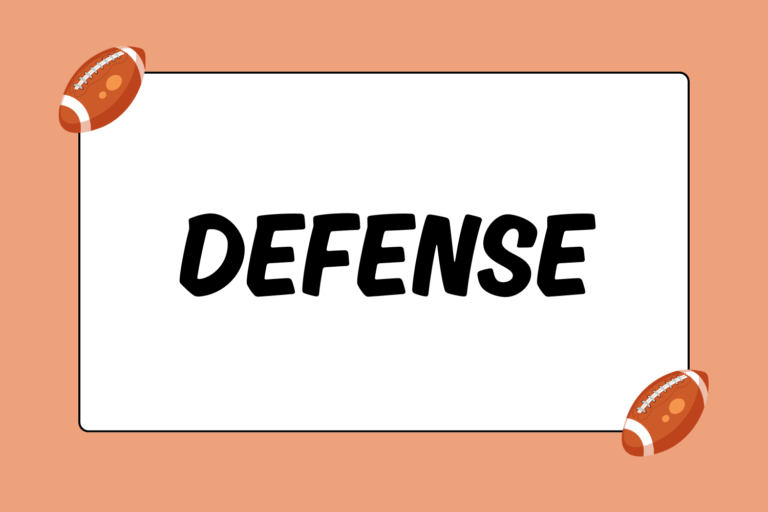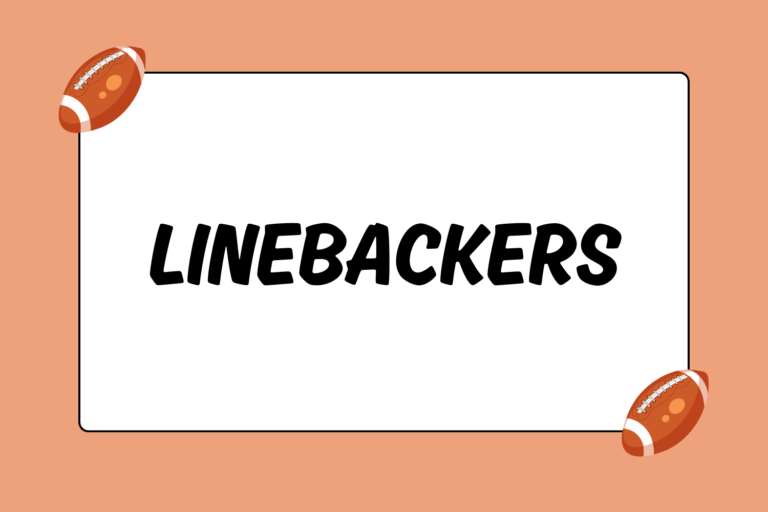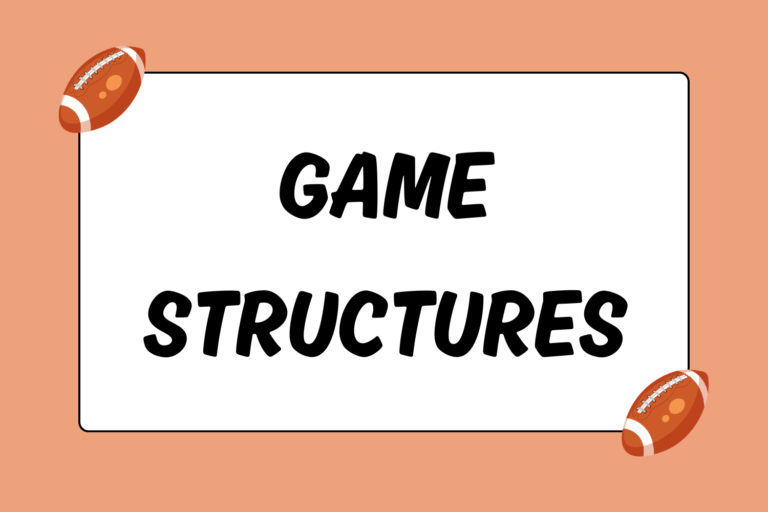A kickoff in football takes place at the start of each half, as well as after every touchdown and field goal. The normal routine on a kickoff is a two-step procedure:
- The kicking team kicks the ball, usually as far as possible.
- The receiving team catches the ball and tries to advance it up the field before the kicking team tackles the ball carrier.
That is a basic — but accurate — depiction of what most kickoffs look like. However, there is another type of kickoff that’s occasionally used when the kicking team wants to retain possession of the ball: The Onside Kick. This guide explains how the onside kick works, as well as the rules that structure this unique kickoff.
The Onside Kick
The purpose of using an onside kick is simple: To maintain possession of the ball and prevent the other team from scoring. However, like many situations in life, recovering an onside kick is much easier said than done. Here’s a look at the pertinent rules for the kickoff (including onside kicks):
- The ball must travel at least 10 yards before a member of the kicking team can touch it, unless a member of the receiving team touches the ball first.
- The ball must stay inbounds, otherwise the kicking team will be penalized and the kick will be redone.
- All members of the kicking team must stand behind the kicker until the ball is kicked.
- All members of the receiving team must remain still until the ball is kicked.
- No more than five members of the kicking team may be bunched together on either side of the kicker.
There is no rule stating that the kicking team must relinquish possession of the ball to the receiving team. Once the ball either travels 10 yards or is touched by a member of the receiving team, it becomes a live ball — meaning players from both teams are allowed to go after it.
Onside Kick Strategy
There are two big risks associated with the onside kick:
- If the ball isn’t recovered and the game is winding down, the receiving team will likely be able to possess the ball long enough to run the clock down.
- If the receiving team secures the ball, the ensuing drive will begin with excellent field position, making it much easier for that team to score.
Because of these risks — and the fact that they are so frequently unsuccessful — most teams only use an onside kick when they are losing with little time left in the game. In these situations, recovering an onside kick is literally the only chance the kicking team has at scoring enough points to either tie or win the game.
Onside Kick Formations
Onside kicks are inherently risky — there’s no escaping that fact. However, coaches do have the ability to control at least one facet of the onside kick maneuver: Player formations. There are basically two options concerning how players can line up for an onside kick:
- Normal formation: Players line up as though they are about to execute a normal kickoff—evenly spaced across the field. The kicking team can catch the receiving team off-guard by opting for an onside kick. However, the tradeoff is that the normal kicking formation doesn’t put the kicking players in the best position to quickly recover the ball.
- Onside formation: Players line up for an onside kick — several players grouped closely, with the kicker positioned to put the ball directly in front of them. The kicking team is positioned for grabbing the ball once it’s live, but the players on the receiving team know full well what’s coming. Many times in these situations, the receiving team fields a “hands team,” which is a group of skill players who are all comfortable with catching and handling the ball.
Neither option is completely safe. Either you play dumb and come out weak, or you tell the other team what’s about to happen and come out strong. However, when successful, an onside kick can change the course of an entire game.
No Risk, No Reward
While routinely unsuccessful, there are few victories quite as potent as recovering an onside kick for your team. Onside kicks are uncommon, and a recovered kick is even rarer. However, when the game is on the line and the kicking team has nothing to lose, the onside kick is the weapon of choice.





